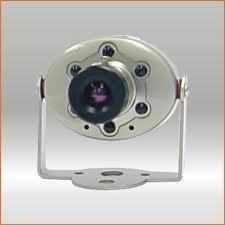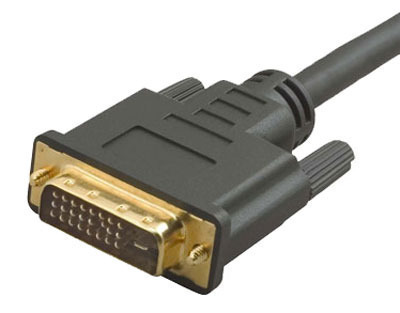Most of own digital cameras or own devices that have digital cameras in them. As these cameras get smaller and cheaper, we are seeing them more and more. But have you ever wondered what makes your digital camera work? Have you ever thought about the processes and methods that your camera uses to convert light into a digital signal? In this article, we will go over a very special type of device called a CMOS sensor, how it works, and popular digital cameras on the market that use CMOS sensors to capture pictures.
What is a CMOS Camera
CMOS, or Complimentary metal-oxide semiconductor, cameras are cameras that use a special type of device called a CMOS sensor that converts light into electrons. CMOS cameras are a type of digital camera that is newer and better than CCD (charge-coupled device). Because of the way that CMOS sensors work, they are able to be smaller and cost less to build than CCD digital cameras. Almost all digital cameras that we use are based on CMOS sensors as well as webcams and the camera in your phone.
How Does It Work
Where as CCD sensors receive light, convert it to electrons, and then carry the electrons across the chip to a specific area to be processed, CMOS sensors can process the electrons at the same place that it receives the light. This makes CMOS cameras faster and smaller but the pictures made from a CMOS camera are often darker than those made by a CCD camera because the CMOS has so many transistors that it blocks a lot of the light from reaching the photodiode where the picture is processed.
Popular CMOS Cameras
CMOS cameras are rather easy to find as most digital cameras include CMOS sensors in their technology. Nonetheless, we have compiled a brief list of CMOS cameras that you may find useful in your pictorial adventures. Reviewing these cameras will also aid you in acknowledging what exactly a CMOS camera is.
Q-See Weatherproof Ultra Slim
The Q-See Weatherproof Ultra Slim can be used inside or outside and comes with a built-in mounting system for easy assembly. This camera has a number of applications as it could be used as a simple desktop camera for your networking needs, a dashboard camera as is used in police cars and other emergency vehicles, or even as a rooftop-mounted security camera. Whatever you use it for, know that your camera is waterproof, shock resistant, and can survive falls from several stories high.
Q-See Indoor Color CMOS Camera
The Q-See Indoor Color CMOS Camera comes with night vision capabilities and a built-in microphone that makes it perfect for watching the office while you’re away or just enjoying a well-built webcam. The camera is able to be stand up on its own or it can be mounted on a wall, desk, or monitor. The kit comes with a 60 foot cable that allows it to be installed virtually anywhere and it can be connected to a computer, VCR, or DVD player for recording.
LevelOne WCS-0020 Wireless P/T/Z Network Camera (CMOS)
The LevelOne WCS-0020 Wireless P/T/Z Network Camera is first and foremost a surveillance monitoring system but it can easily be used as a webcam as well. The camera is wireless which allows for it to be installed virtually anywhere: On a desk, on top of a cabinet, or on top of your television. It also stands up by itself but can be mounted with the right equipment. The LevelOne WCS-0020 is equipped with a small motor that allows it to tilt back and forth and move from side to side in order to catch movement. It also comes with a remote viewing client that allows you to see what your camera sees from your computer or cell phone.
Toshiba TCM8240MD CMOS Camera – 1300×1040 pixels
The Toshiba TCM8240MD CMOS Camera is a very small, very powerful digital camera that is usually already mounted into your Toshiba products, assuming the products comes with a camera. If not, you could add the camera to an existing computer with little effort. At 1.3 mega-pixels, the camera has the same color capacity as your iPod or digital camera. The camera automatically adjusts to movement and luminance. The camera itself is smaller than a quarter and just needs to be mounted to a surface (such as the front of your computer monitor) by either gluing or velcroing the camera to a flat area of your choosing.




Follow Us!